Popular on Food52
10 Comments
Carlos A.
August 10, 2021
Hola Kent mi nombre es Carlos vivo en Miami tengo sartenes de hierro fundido puedes hacer un video de como curarlos gracias y bendiciones
David E.
December 28, 2018
Mr. Rollins, just received your cookbook (A Taste if Cowboy) for Christmas--can't wait to try some of your recipes. Plan to start with your chicken fried steak recipe first. Love to hear you share your faith.
Mega Blessings to you and yours. David England
Mega Blessings to you and yours. David England
serendipity C.
January 25, 2017
The best way I have found to remove heavy rust on cast Iron is to use oven cleaner. Yep just oven cleaning spray. Just spray the pan with the oven cleaner and place it in a plastic grocery sac. I set it out on my covered back porch to release any fumes for a a day or so and let the oven cleaner do it's magic. There will be no scrubbing needed to remove the rust. Just rinse in hot water, wash it with soap, thoroughly dry and season. You will not believe how well this works! I had to do this to some cast iron I was given by my grandmother that she had sitting and rusting for close to 15 years!
Laurence C.
September 1, 2016
Hi Kent,
You say one should never boil water in cast iron. I've simmered many a sausage and potato mixture over a campfire - is that okay or is it to be avoided? Or is it something I should do only with enamel cast iron?
Thank you!
You say one should never boil water in cast iron. I've simmered many a sausage and potato mixture over a campfire - is that okay or is it to be avoided? Or is it something I should do only with enamel cast iron?
Thank you!
Karla W.
April 21, 2015
Haha, I'll have to remember this great saying!: “The only time you should fear cast iron is if someone is fittin’ to hit you with it!”
Thanks for that; I love my cast iron!
Thanks for that; I love my cast iron!
Michael
April 21, 2015
1 - Here is the best article ever on seasoning cast iron:
http://sherylcanter.com/wordpress/2010/01/a-science-based-technique-for-seasoning-cast-iron/
2 - it's a myth that using soap will wash away the seasoning - properly done, the seasoning on a pan is a polymer and it will no longer be reactive to surfactants. You can, however, scrub the seasoning off if you use something too abrasive or scrub too hard.
http://sherylcanter.com/wordpress/2010/01/a-science-based-technique-for-seasoning-cast-iron/
2 - it's a myth that using soap will wash away the seasoning - properly done, the seasoning on a pan is a polymer and it will no longer be reactive to surfactants. You can, however, scrub the seasoning off if you use something too abrasive or scrub too hard.
Mark F.
April 21, 2015
The gritty texture of new cast iron is most definitely NOT from the pre-seasoning. It's caused by the casting method. No amount of buffing with salt will smooth it out.
Kent R.
April 21, 2015
Hi mark depending on the condition salt can work but I've also used a sander which will get a smooth finish just have to build up your seasoning again
doneitall72
June 19, 2021
Kent, I've been cooking with cast for years; primarily using my grandmother's tools. But I always wanted to get the new Lodge cast pieces to get the same icy smooth surface without waiting 100 years. Using you palm sander techniques, I'm almost there. 100 years of use in 3 or 4 grinding sessions.

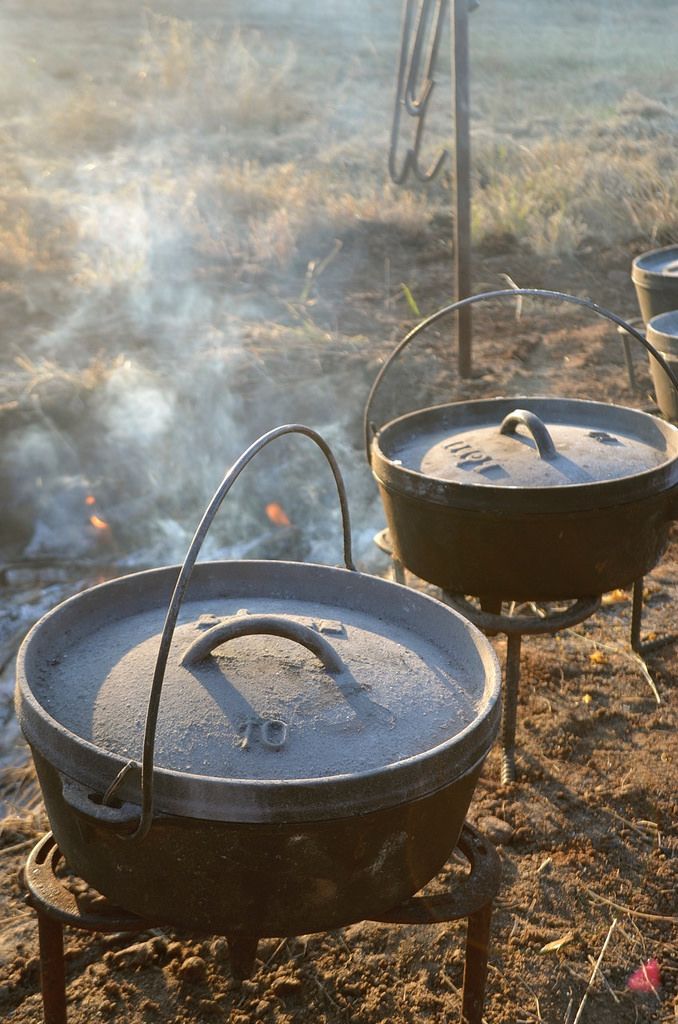
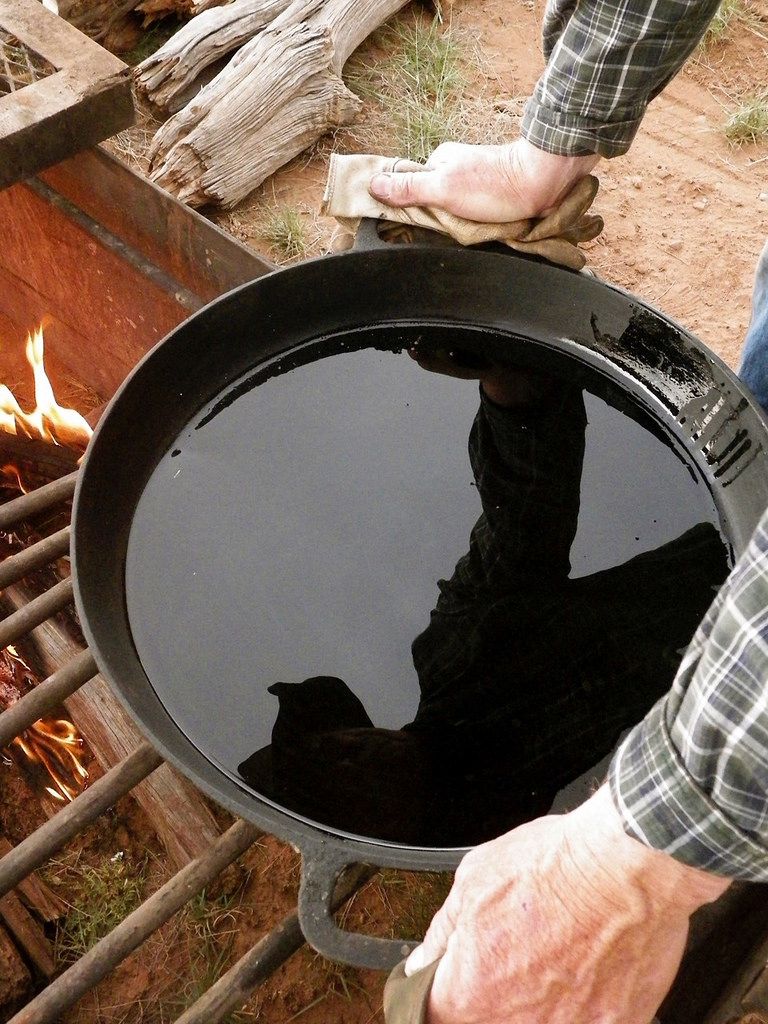
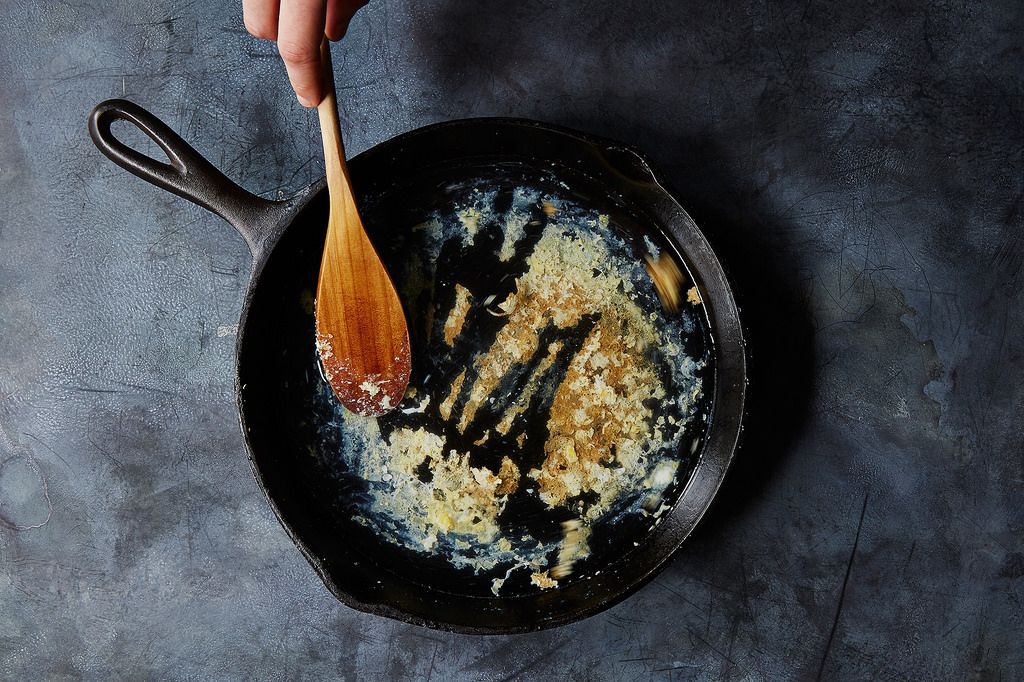
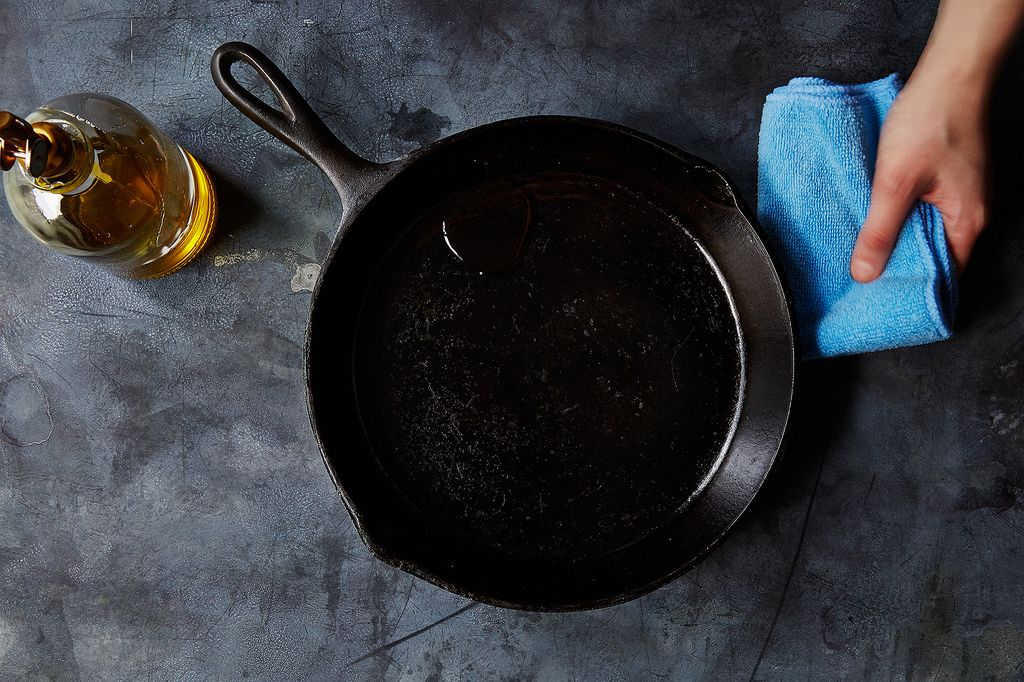
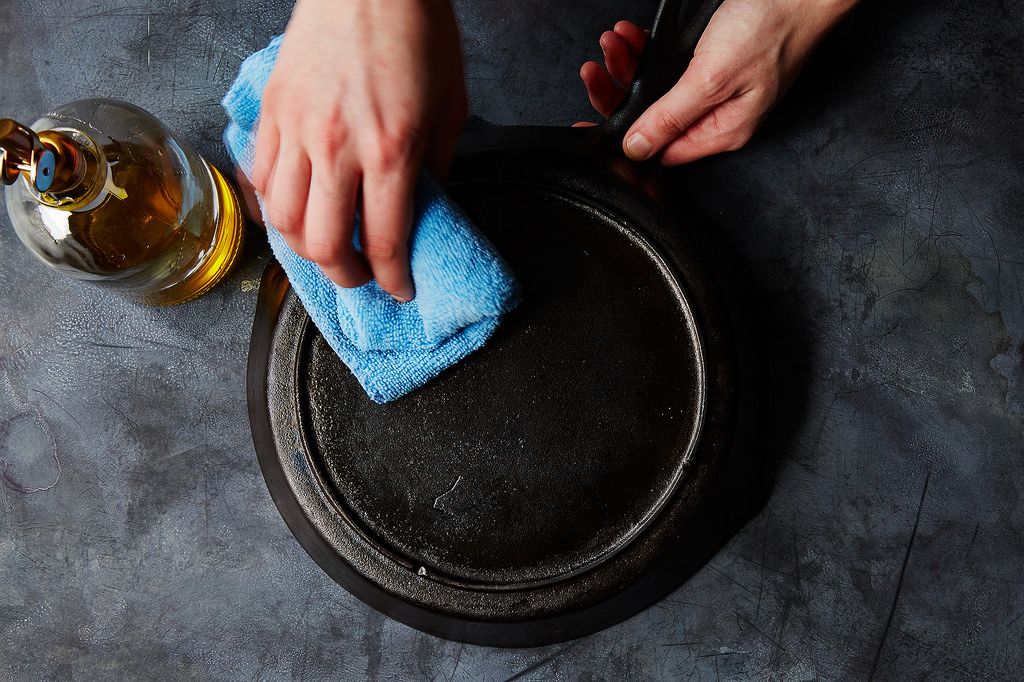

See what other Food52 readers are saying.